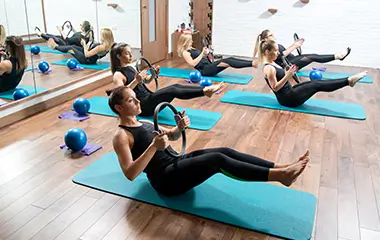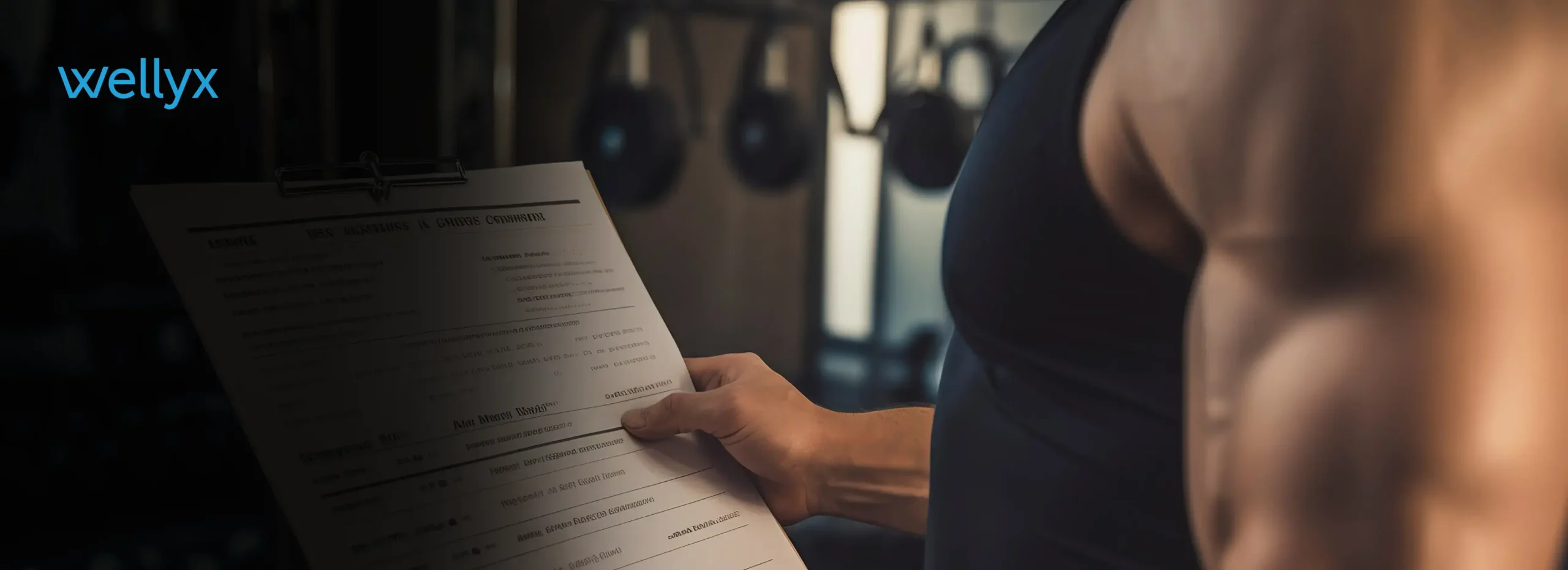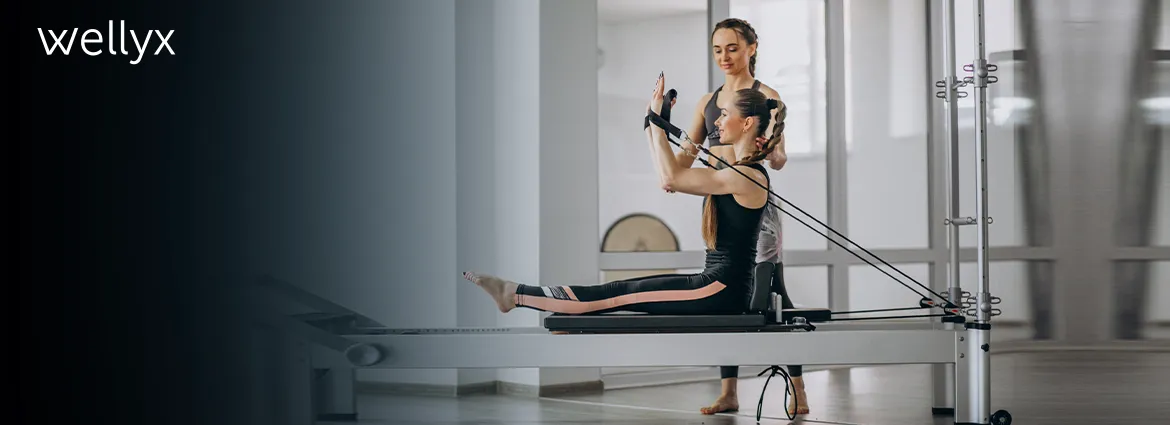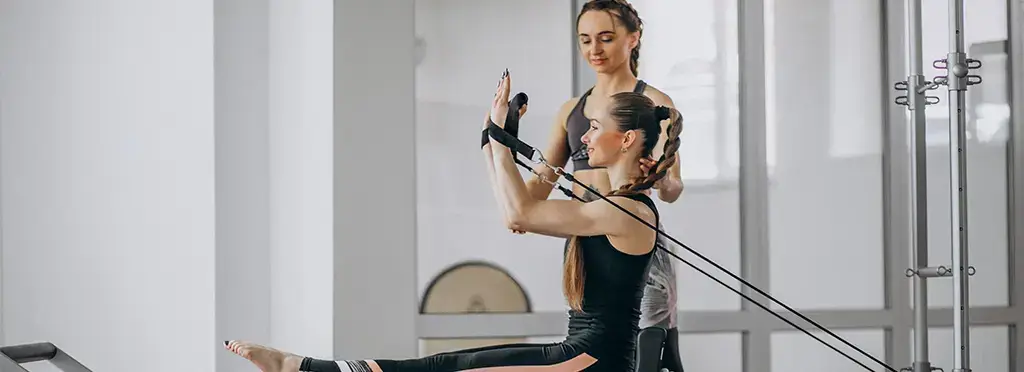Opening a Pilates studio sounds dreamy, doesn’t it?
On average, opening a Pilates studio costs around $50,000, but the range can stretch up to $200,000 or more. Why such a big difference? Because your location, design, pilates studio software, and studio size can change your budget completely.
You imagine calm mornings, focused members, peaceful energy, and the soft click of reformers moving in rhythm. But before that dream turns real, there’s a question every future studio owner must face.
How much does it actually cost to open a Pilates studio?
The truth is, opening a pilates studio isn’t just about mats, mirrors, and movement. It’s about money. It’s about planning smartly so your dream doesn’t fall apart under bills you didn’t expect.
If you’re dreaming of opening your own studio, this guide will walk you through every major cost: rent, renovation, reformers, pilates studio software, and more. You’ll see where the big money goes, how to plan, and how to open a studio that lasts.
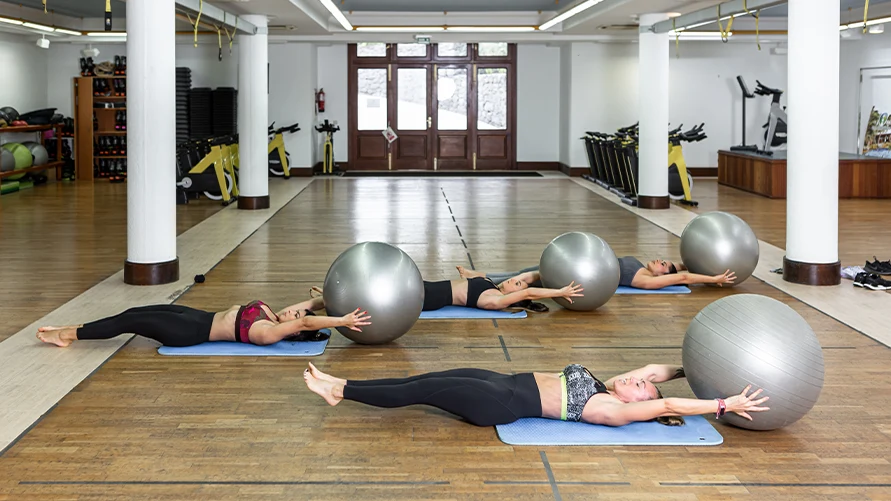
Location and rent
Your biggest ongoing cost.
Location is everything. It’s also your biggest expense. The right spot can fill your classes fast. The wrong one can drain your savings just as quickly.
If you open in a busy city area or somewhere with lots of traffic, rent can range from $10,000 to $20,000 per month. You’ll get more walk-ins and visibility, but you’ll also face higher pressure to keep classes full.
If you choose a quieter neighborhood or smaller space, rent may be between $1,500 and $5,000 per month. That saves money, but you’ll need stronger marketing to bring people in.
Don’t forget other costs, security deposits, utility setups, advance rent payments, and sometimes broker fees.
Ask yourself:
“Can I afford this rent for six months, even if my classes aren’t full yet?”
That’s the real question every studio owner should answer before signing a lease.
Renovation and build-out
Turning empty space into a studio.
Once you’ve got your space, the next step is making it look and feel like a pilates studio. Most spaces aren’t ready when you rent them. You’ll need to invest in flooring, mirrors, lighting, and reception design.
A simple renovation might cost $5,000 to $20,000.
If you’re going for a premium look, like custom lighting, soundproofing, or designer finishes, the total could rise to $40,000 or more.
A bright minimalist design with natural light is usually cheaper. A luxury wellness space with marble counters or special acoustics costs more.
The condition of your chosen space matters too; a new unit needs less work, but older spaces often require major upgrades.
Balance beauty with practicality.
Your members won’t notice if your mirrors are custom-made, but they’ll remember if the room feels calm, clean, and peaceful.
Equipment
The heartbeat of your studio.
Each reformer costs around $4,000 to $7,000, depending on the brand. A small studio with six reformers might spend $24,000 to $42,000, while a bigger one with twelve machines could spend up to $84,000.
And it’s not just reformers.
You’ll also need other pilates tools, towers, barrels, chairs, and resistance bands. These can add another $10,000 to $20,000.
Even small items like mats, blocks, and straps can total a few thousand dollars.
If your budget is tight, start small.
Many owners open with $10,000 to $30,000 worth of equipment and expand later as memberships grow.
Just make sure what you buy is strong and durable. Cheap machines may save money now, but replacing them later costs even more.
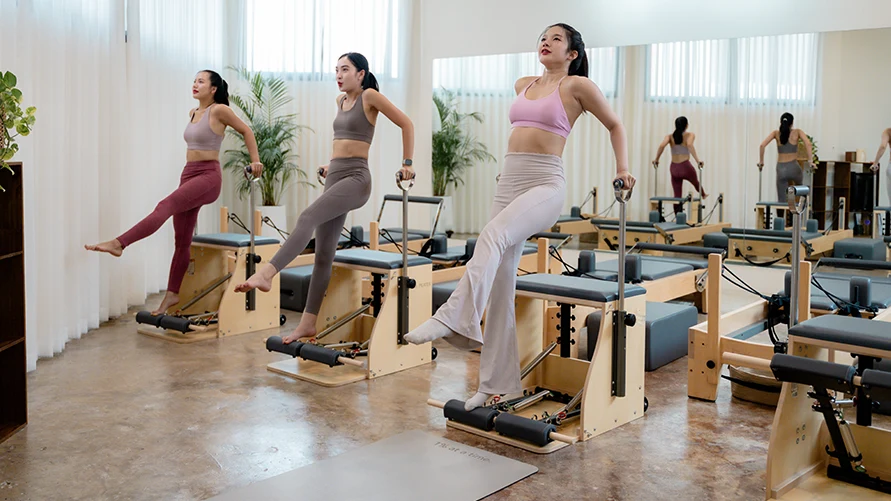
Furniture, fixtures, and tech
Making your space welcoming and organized.
A Pilates studio isn’t just reformers, it’s also a welcoming space where people feel relaxed and at home.
You’ll need a reception desk, chairs, mirrors, and flooring. Together, that could cost between $5,000 and $15,000, depending on quality.
Add a good sound system for about $1,000 to set the mood for your classes.
Then comes technology: laptops, tablets, for booking, payment systems, and Wi-fi. Building a professional website or app could cost another $5,000 to $15,000.
These smaller items might not look exciting, but they make your space run smoothly and leave a lasting impression on members.
Staff and instructors
The soul of your studio.
Your team brings your studio to life. Instructors, front-desk staff, and cleaners are the ones who create the energy and experience members love.
Instructors earn $20 to $100 per session, depending on their experience and your location. Front-desk staff usually earn $20 to $30 per hour, and cleaners earn about $15 to $20.
Even if you teach most classes yourself at the start, it’s smart to set aside $30,000 to $60,000 for staff in your first year.
That covers training, recruitment, and basic wages. As your studio grows, so will your team, and your income.
Remember, your staff is your studio’s heartbeat. Their warmth, skill, and attitude will decide whether people stay or move on.
Software and technology
Your digital backbone.
Here’s what many new owners forget: software.
Good pilates studio software keeps your business running like clockwork. It handles bookings, class schedules, payments, memberships, member data, and even marketing.
Expect to pay $100 to $300 per month for a reliable system. That’s around $1,200 to $3,600 per year, plus possible setup fees if you integrate it with your website or mobile app.
Yes, it’s an extra cost, but it saves hours of work, prevents booking mistakes, and gives you a clear picture of your business. It’s not just a tool, it’s your studio’s brain.
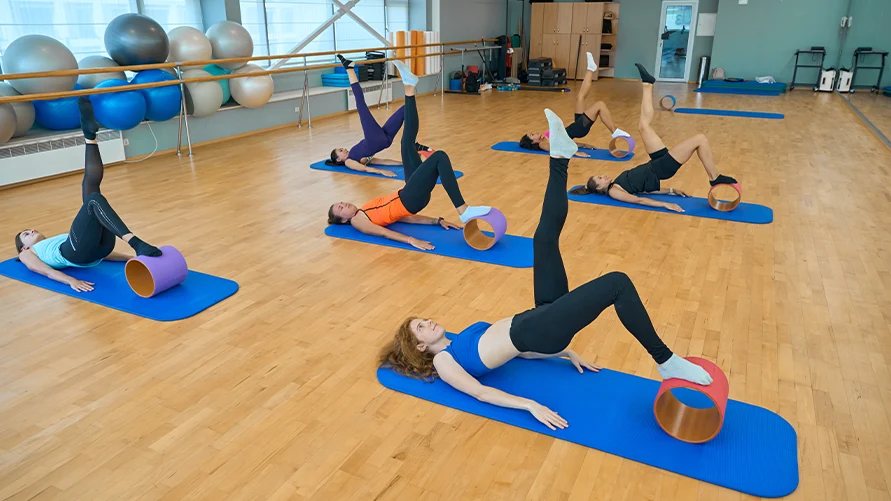
Licenses, legal, and insurance
To cover all legal bases.
Before opening, make sure all your paperwork is ready.
Business licenses, health permits, and registrations usually cost between $500 and $2,000. Insurance is a must-have.
Liability coverage for a Pilates studio generally costs $1,000 to $3,000 per year. It protects you if a member gets injured or equipment breaks.
Also, include a few thousand dollars for legal advice, accounting, or consulting services.
Altogether, plan $2,000 to $10,000 for this category in your first year.
Marketing and rollout
Attracting your first members.
Now that your studio is ready, it’s time to fill it with people. Marketing is how you do that.
Start with your website and social media. Then add local flyers, banners, and maybe a grand opening event.
Most studios spend $1,000 to $10,000 on marketing in the beginning.
Creative ideas can help you stand out: offer a free first class, launch a referral program, or partner with local wellness influencers.
The goal isn’t just to attract people once, it’s to build a loyal community that keeps coming back.
Maintenance, safety, and contingency
To give your members a more remarkable experience.
Every business faces surprises, and Pilates studios are no exception. Machines break. Air conditioners fail. Bills come sooner than expected.
That’s why a safety fund is essential. Cleaning services may cost $25 to $75 per hour. Supplies might add $500 to $1,000 a year. Repairs can take 10–20% of your startup costs annually.
Experts recommend keeping a reserve of $15,000 to $50,000, enough to cover at least 3–6 months of expenses.
It gives you breathing space and protects your dream from small setbacks.
Bringing it all together
Now you can see how the numbers stack up.
- A small, simple Pilates studio might open for US $50,000 to US $100,000.
- A mid-sized one could need US $100,000 to US $200,000.
- And a luxury wellness space might cost US $200,000 to US $500,000.
Your final cost depends on where you open, how big your space is, and how premium you want it to feel.
The smartest owners don’t just spend, they plan. They know where each dollar goes, and they never ignore software, staffing, or marketing.
Those aren’t extras. They’re what make your studio work.
Wrapping up
Opening a Pilates studio is both exciting and challenging. It’s a journey filled with vision boards, paint swatches, reformers, and spreadsheets.
The average cost may start at $50,000, but every dollar you invest has a purpose: to build a space where people feel stronger, calmer, and happier.
Don’t let the numbers scare you. Let them guide you.
With a clear plan, smart spending, and strong management software, you won’t just open a studio, you’ll open a community.
Because when your systems are smooth, your members are happy, and your classes are full, your studio won’t just survive. It will thrive.

